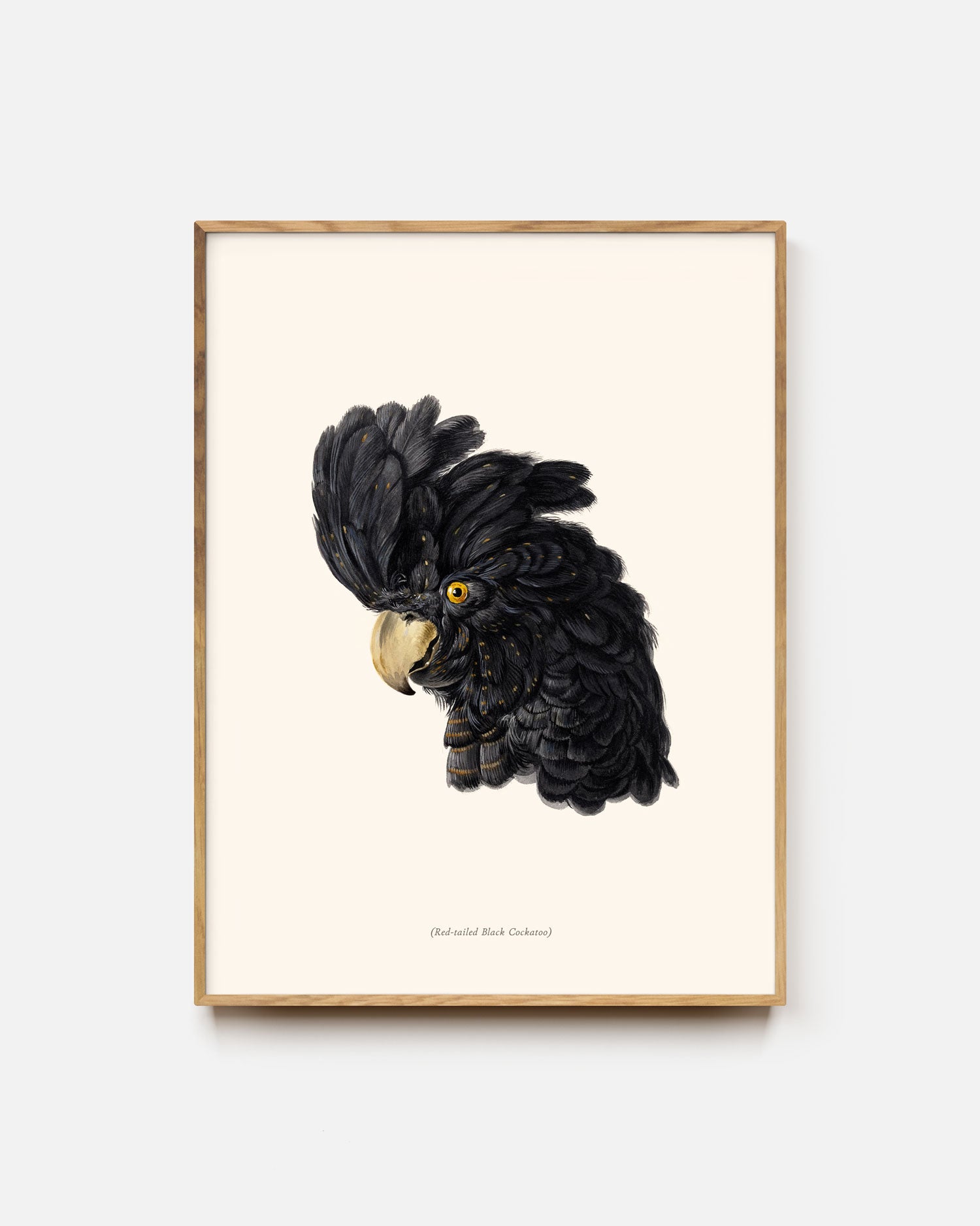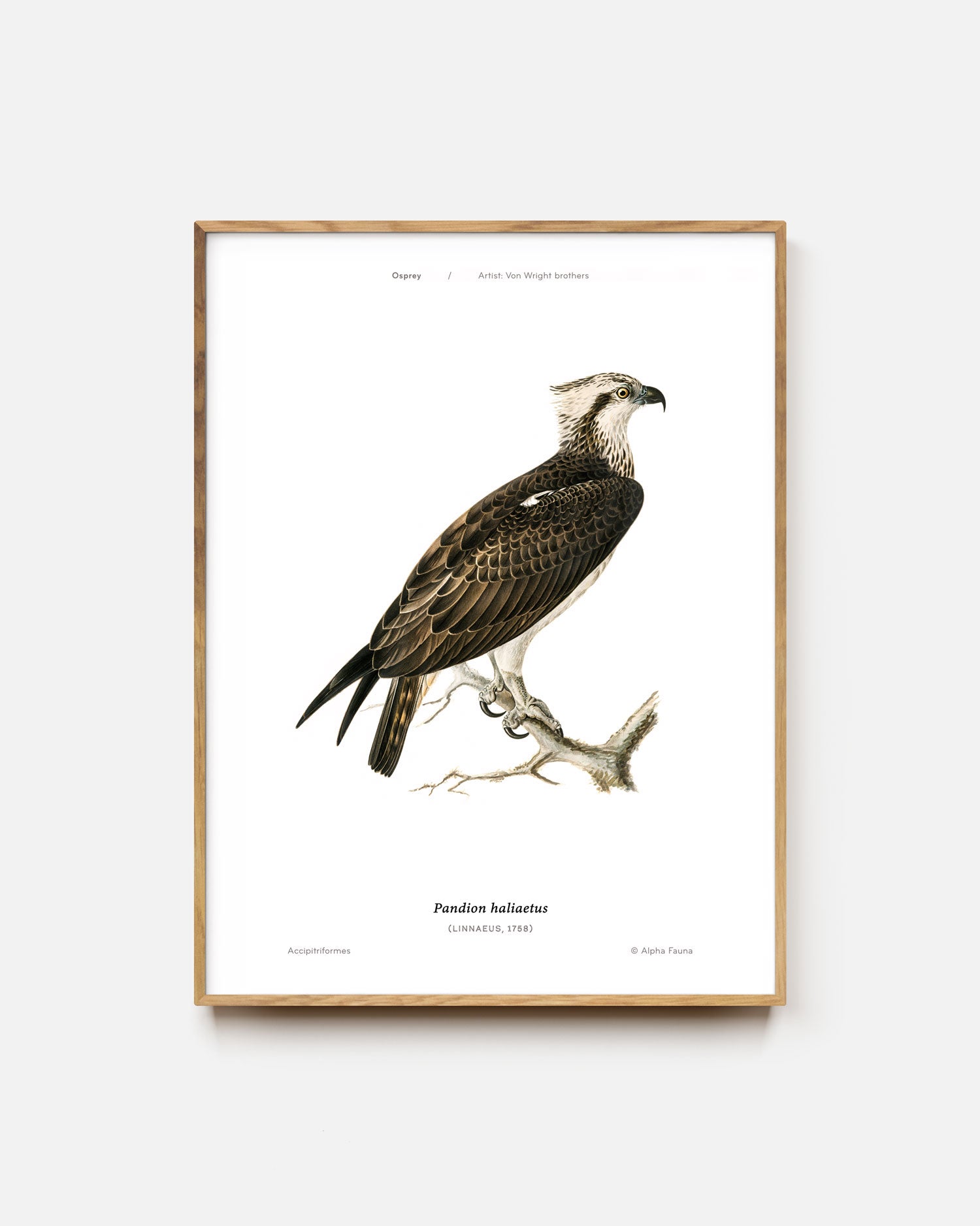The world's vultures are a fascinating and often misunderstood group of birds that play a vital role in the delicate balance of ecosystems across the globe. These majestic scavengers, with their impressive wingspans and distinctive bald heads, are found on every continent except Antarctica and Australia.
Vultures are nature's cleanup crew, utilizing their keen eyesight and powerful sense of smell to locate and feast upon the decaying carcasses of animals that have met their end, thereby preventing the spread of disease and recycling vital nutrients back into the soil.
Despite their important ecological function, vultures face numerous threats, from habitat loss and poisoning to hunting and persecution, with many species now considered endangered. Across Africa and Asia, vulture populations have plummeted at an alarming rate, with some species teetering on the brink of extinction.
Their distinctive appearance and behavior have also long been the subject of myth and superstition, leading to their undeserved reputation as harbingers of death. However, as we learn more about these remarkable birds, it becomes clear that vultures are essential to the health and vitality of the natural world, and their preservation is crucial for maintaining the stability of the environments they inhabit.

Conservation
Vulture conservation is a critical environmental issue that requires urgent attention and action. Populations worldwide have been in steep decline due to a variety of threats, including habitat loss, poisoning, hunting, and the use of veterinary drugs that are toxic to the birds. The loss of vultures has far-reaching consequences, leading to the proliferation of rotting carcasses that can spread disease and disrupt the delicate balance of the food chain.

Vulture conservation is not just about protecting a single species, but preserving the health and stability of entire natural environments for generations to come.
Conservation efforts focus on protecting vulture habitats, regulating the use of harmful substances, and raising public awareness about the importance of these under-appreciated scavengers. Successful conservation programs involve collaborating with local communities, governments, and conservation organizations to implement tailored strategies that address the unique challenges facing different vulture species in diverse regions.
Through concerted global action, we can work to safeguard the future of these remarkable birds and the ecosystems they support. Vulture conservation is not just about protecting a single species, but preserving the health and stability of entire natural environments for generations to come.

A conservation success story
The California Condor is a New World vulture and a remarkable and awe-inspiring creature. This massive bird, with its impressive wingspan reaching up to 10 feet, is the largest landbird in North America. But the California Condor is more than just an impressive physical specimen - it is a symbol of conservation efforts, a species that was once on the brink of extinction but has been painstakingly brought back from the edge through tireless human intervention.
These vultures were once a common sight soaring high above the rugged canyons and mountains of the American West. Yet overhunting, habitat loss, and the dangerous effects of lead poisoning from ingesting contaminated prey threatened to wipe them out entirely by the 1980s, with only a handful of birds remaining in the wild.
Thanks to captive breeding programs and intensive management efforts, the California Condor population has slowly but steadily recovered, and has since been reintroduced to parts of Arizona, California, Utah, and Mexico. It stands as a powerful testament to the importance of conservation and the difference that dedicated efforts can make in saving even the most endangered of species.
Vultures in North America
These large birds are a common sight across the continent, from the sweeping deserts of the Southwest to the verdant forests of the East Coast. The two primary species found in North America are the Turkey Vulture and the Black Vulture, each with their own unique characteristics and behaviors.
Turkey Vultures, with their distinctive red heads and long, narrow wings, are known for their keen sense of smell, which they use to locate carrion from miles away. In contrast, Black Vultures rely more on their sharp eyesight to spot potential meals, often soaring in large groups as they scour the landscape for their next feast.

Despite their unsavory reputation, vultures are remarkably intelligent and social creatures, engaging in complex behaviors such as communal roosting and coordinated hunting. As the scavengers of the avian world, these unsung heroes of the skies are a fascinating and integral part of our world’s diverse and dynamic landscapes. Through increased awareness, protection, and conservation efforts, we can ensure that they continue to soar freely for generations to come.













































